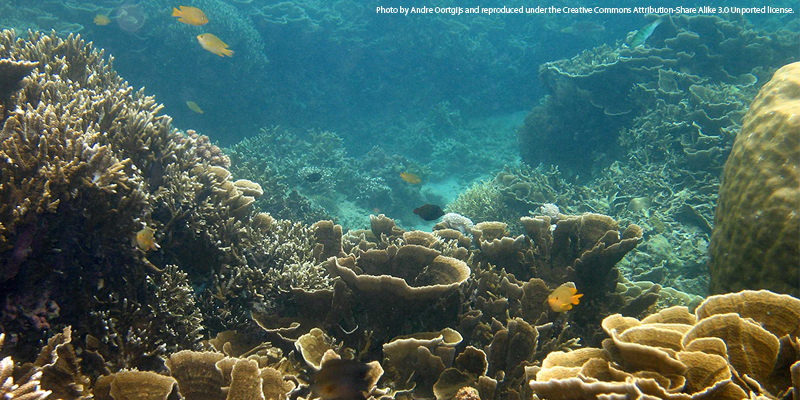Andrew Cottam, Szabolcs Nagy and Vicky Jones outline the evolution of a web mapping tool that supports the conservation of migratory birds in the Africa-Eurasian region
The Crticial Site Network tool brings together a number databases from a range of organisations to provide information on the most important sites for migratory bird species. Until now this data was not widely accesible or integrated so it was difficult to understand where the most important sites were and which ones should be conservation priorities. This web mapping application has been designed to address these issues by bringing the data together in both an intuitive and powerful way.The main audiences for the CSN tool are bird-related NGOs, government policy-makers, local conservation organisation managing wildlife sites, researchers and scientists. Each of these users has a discrete set of questions that can be addressed by the CSN tool.In overall terms the main objectives of the site are to:⢠Highlight the most important sites for a species flyway⢠Understand which sites are important at which times of the year⢠Identify which sites are protected and which ones need protection⢠Investigate how these factors are affected by external threats, land uses etc.AccessibilityThe CSN tool will be used in much of the Africa-Eurasian region and this means that it must be accessible by users within those countries. The application is therefore multi-lingual and supports English, French, Russian and Arabic (although the translations have not been competed yet in French or Arabic). In addition, the Bing base maps that include labels will be shown in French if the language is set to French.User ExperienceIn order to make the site as engaging as possible, a number of external Web Services have been used in the CSN tool. For bird species, the Flickr Image Web Services have been used and. for sites, the Panoramio Image Web Services have been used.The tool also includes many UI features to make the site intuitive including the following: ⢠Windows style dialog boxes that can be dragged and dropped ⢠A reporting tool that uses a set of filters that always produces matching results⢠Synchronisation between tabular data and the map display ⢠Colour coding used throughout to show species status.PerformanceThe CSN tool uses information from a number of large global databases,including the World Database on Protected Areas and one of the key considerations has been performance. To enable a responsive UI the tool was developed using a Rich Internet Application tool (Adobe Flashbuilder) and all of the web services have been optimised to be as efficient and as fast as possible.Wherever possible symbology is changed on the client so that users can change how the map looks instantaneously without having to re-fetch all of the data.SustainabilityAnother key consideration in the development of the CSN tool was in its sustainability. The tool was designed so that future updates to the databases or to the applciation could be made as easily as possible - so keeping the information timely. All of the data is held in a fully relational Esri ArcSDE databasewhich uses spatial views to make updating very simple. In addition, the system architecture and code is fully documented and in the public domain (using GitHub) so that any future development work is made easier.ReportingThe reporting features of the site support not just interactive web mapping, but also a number of other formats. Any of the tabular outputs are available as physical reports on demand (in Adobe Acrobat format) and there are also physical reports for maps and time-series charts. The site can also be used to report on data through time to support the temporal analysis of species counts.Where additional custom reporting is required, the user can copy any tabular data to the clipboard to do their own analyses.The CSN tool can be accessed on the Wings Over Wetlands website at http://csntool.wingsoverwetlands.org/csn/default.html Andrew Cottam is with the World Conservation Monitoring Centre (www.wcmc.org.uk/); Szabolcs Nagy is with Wetlands International (www.wetlands.org/), while Vicky Jones is with Birdlife International (www.birdlife.org/)
Subscribe to our newsletter
Stay updated on the latest technology, innovation product arrivals and exciting offers to your inbox.
Newsletter

